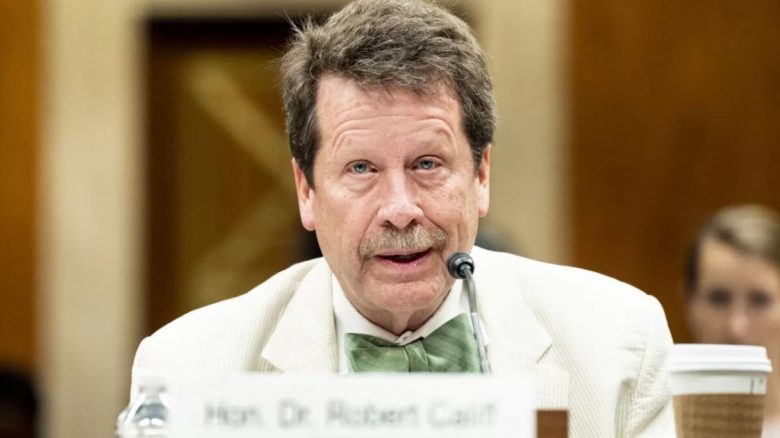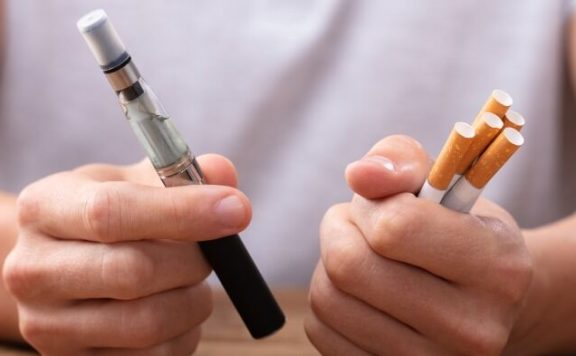The tragedy of vaping amongst adolescents is vanishing quickly, and the place of adult smoking is being taken by vaping, a practice that is deemed less harmful but regulators are working round the clock to stop the flavored E-cigarettes
A federal court recently backed various companies in their quest to sell nicotine vaping products in a wide range of flavors following the rejection of their application by the Food and Drug Administration (FDA). The ruling by the U.S. Court of Appeals for the 11th Circuit stated that decisions by FDA were “capricious and arbitrary” since the agency did not take into account the age-verification as well as promotion plans put in place to prevent vaping among the underage. However, in his dissent, Jury Robin Rosenbaum stated that the manufacturer’s win undoubtedly is temporary, since the FDA looks like they are not ready to permit the sale of any flavored vaping products apart from tobacco.
That is a perplexing stand because those who have left smoking and opted for vaping have a great preference for non-tobacco flavors. According to FDA’s own admission, “electronic nicotine delivery systems” (ENDS), instill great hope for less harmful cigarettes alternative. However, the FDA stresses the lack of adequate evidence on the influence of flavor variety on adult smokers, while at the same time raising concerns about the influence of flavor variety in luring teenagers to vaping. Therefore, if there is a likelihood of the FDA having a second look at the applications on remand from the 11th Circuit, they may certainly turn them down again, without looking into the mechanisms the manufacturers are adopting to prevent underage consumption.
The FDA is opposed to permitting the sale of flavor variety since it’s worried about the tragedy of vaping among adolescents. Nonetheless, research conducted by Monitoring the Future (MTF), and sponsored by the government reveals that the rise in the rate of e-cigarette use among teenagers that attracted the FDA’s attention in 2018 and 2018 is systematically dropping, although the remaining flavored ENDS are still accessible to adults since the FDA is yet to come to a conclusion on whether to permit them or has not enforced any measures against them. The data also revealed that smoking among teenagers continued receding in the wake of the rising popularity of vaping. That is the same case among the youths: with the 2021 rise in vaping among 19-30-year-olds, cigarette smoking recorded the lowest rate.
The way things look is an indication that we are witnessing exactly the kind of risk reduction alternatives that the FDA is believed to be looking forward to. The data probably contradicts the notion that the presence of ENDS has led to an increase in the rate of smoking. However, Judge Rosenbaum, who seems to back the idea that FDA’s opposition to flavored ENDS has sufficient ground, claims that vaping has been revealed to be the genesis of smoking regular cigarettes. She makes no reference to any evidence to back her sentiments, which seem not welcomed in the wake of the steady drop in teenage and adult smoking.
The MTF survey that is conducted every year by the University of Michigan researchers courtesy of the National Institute on Drug Abuse, targets eighth, 10th, and 12th-grade students. The 2021 findings demonstrate that in all three grades, the prevalence of recent-month nicotine vaping dropped drastically.
The percentage rose to 10.5 in 2020 among students in eighth grade and later dropped to 7.6% last year. In 2019 a 19.9% and 25.5% rate was recorded among those in 10th and 12 grades respectively, and by last year, the rate had dropped to 13.1% and 19.6%, respectively. During the period 2019 and 2021, the daily vaping prevalence dropped to 1.1% from 2% among students in eighth grade, from 6.8% to 2.5% among students in 10th grade, and from 11.6% to 5.4 among those in 12th grade.
The results are largely consistent with findings from the Centers for Disease Control and Prevention (CDC) sponsored National Youth Tobacco Survey (NYTS). According to the survey, the incidence of high school students using e-cigarettes in the preceding month peaked at 27.5% in 2019 before declining to 11.3% in 2021. Adults can still purchase ENDS in a number of flavors, but the “epidemic” that the CDC and FDA have denounced appears to be rapidly dying down.
Neither study offers any proof of the “gateway” that Rosenbaum believes exists. Contrarily, despite the substantial increase in vaping, the trend in smoking among teenagers remained negative. According to the MTF study, the prevalence of recent-month cigarette smoking among 12th graders decreased to 2% in 2021 from 10.3% in 2011. In the same time frame, the proportion of people who smoke cigarettes “daily” decreased from 4.3% to 0.8%. According to the NYTS, there was a decrease in the percentage of high school students who reported smoking cigarettes within the previous month from 15.8% in 2011 to 1.9 percent in 2012.
There are grounds to believe that ENDS, rather than slowing the drop in teenage smoking, exacerbated that trend, which grew faster as vaping took hold. Without a doubt, vaping is better for “public health” than smoking, which is what the FDA purports to be encouraging. However, the agency paints it as a serious threat to American youngsters. The FDA won’t even evaluate the advantages of such a swap when it touches on teens.
According to a 2019 examination of NYTS data, youths who were either current or past smokers were more likely to use e-cigarettes often. Teenagers who vape instead of smoking account for the majority of the recent drop in adolescent vaping, thus it seems reasonable that this decline has not yet resulted in a rise in smoking. However, the FDA should be mindful of any measures that make it simpler to purchase cigarettes than ENDS or that make ENDS less enticing to those who might otherwise smoke. Long-term results may show an increase in smoking-related fatalities rather than a decrease.
That analysis should logically encompass both adults and teens. However, the FDA maintains that when vapers are under the age of 21, the health advantages of replacing cigarettes with ENDS do not apply. So let’s take a look at what the MTF statistics have to say about the possible costs of preventing adults from purchasing the vaping items they clearly want.
An MTF report states that “young adult cigarette smoking has been dropping continuously since 2004 and hit new historic lows in 2021.” Cigarette consumption dropped significantly over the past ten years, from 21.2% in 2011 to 9% in 2021.
The decline in smoking among people between the ages of 19 and 30 has recently been paralleled by an increase in vaping. The paper notes that since it was first recorded in 2017, the percentage of young individuals who reported using nicotine vape in the previous 30 days has nearly tripled, reaching 16.1% in 2021. According to the study, the proportion of young people reporting using nicotine vape in the preceding 30 days has almost tripled since it was first identified in 2017, hitting 16.1% in 2021.
In this age group, the prevalence of vaping increased by 160% between 2017 and 2021, while the prevalence of cigarette smoking decreased by 39% during that same period. Rosenbaum’s hypothesis that more vaping leads to increased smoking is not supported by these trends. However, they support the hypothesis that many young adults prefer to vape rather than smoke.
The FDA supposedly wants to see more of it. The FDA is required to follow this standard under the Family Smoking Prevention and Tobacco Control Act. The entire premise of approving the sale of ENDS is that it will aid in decreasing tobacco-related mortality and morbidity by providing smokers with a significantly less dangerous nicotine consumption method. The FDA, however, asserts that it is not persuaded that flavor variation is crucial for smokers who have made or would make the possible life-saving shift.
Contradictorily, the FDA maintains that teens value the diversity of flavors. It believes that if tobacco is the only flavor available, at least some of them will avoid vaping. The FDA’s assessments do not at all take into account the probability that some youngsters will smoke as a substitute. Additionally, it downplays the possibility that adults will have the same risk, claiming that ENDS companies have not provided sufficient proof of that possibility.
The FDA has not fairly considered the advantages and disadvantages of its purportedly youth-protective policy, in violation of its legal obligation to do so. Rather, it fails to accept that any expenses need to be taken into account.






